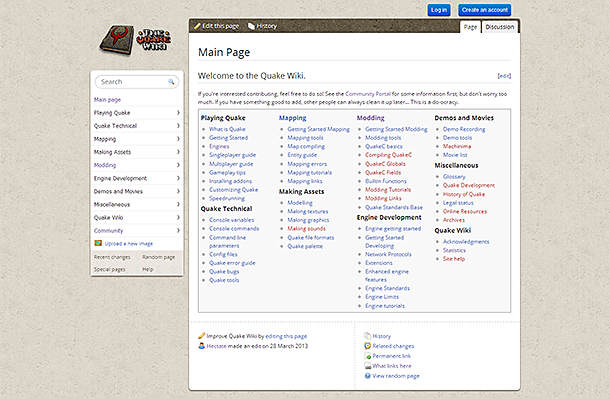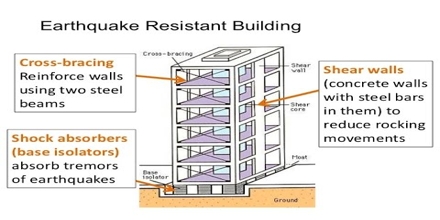

One can feel the earth’s shaking once energy is released from the earth’s crust. The intensity of this released energy will also determine that of the earthquake. With the movement of these tectonic plates, energy is formed and can be released once these plates meet in the so-called fault line. Tectonic plates found in the ocean are called oceanic plates while those found in continents are continental plates. See also Experts Find The "Exceptional" Heat of The Last Decade As One of The Hottest on Record The moment the plates begin to move, the potential energy, commonly known as stored energy, is released from the meeting point, known as the hypocenter. This fault line is sometimes known as a fracture in the earth’s crust. In geological terminology, this meeting point is known as a fault line. When these plates move against each other, there is a point where they interact. The constant movements have even led to the formation of mountains and valleys. These interactions and drifting apart of tectonic plates underneath the earth are perceived by living organisms, humans included. This constant movement leads to either the plates sliding against each other or drifting away from each other. Tectonic plates are constantly moving due to convection currents triggered by molten lava inside the earth’s crust. The earth’s crust is composed of solid core, mantle (consists of molten magma) and tectonic plates. To understand earthquakes better, let’s look at how they build up. Despite efforts by governments to educate the masses on earthquake warning signs and preparedness, a lot has not been accomplished.Īn earthquake is an announced or sudden tremor of the earth due to movements within the earth’s crust or volcanic eruptions. Earthquakes kill many people because they have no warning signs and find people unprepared.


When an earthquake occurs, it’s difficult to tell the amount of destruction it would cause in its wake.Īpart from devastating properties and buildings, earthquakes can trigger a tsunami that can uproot populations or lead to loss of lives. In fact, according to statistics, 50 to 80 earthquakes occur every single day and about 2000 each year. It can happen anytime and hit places lying within the fault lines.Įarthquakes are among the many natural calamities that have caused devastation to properties and claimed thousands of lives over the years. But regardless of how we hope that it won’t happen again, the occurrence of earthquakes is something that we are not in control of. You hear appalling stories about how one place can be brought to devastation in a snap because of earthquakes. Aside from being horrified by the experience, the after-effects of an earthquake are something that is very alarming just like the occurrence of tsunamis. When you feel the earth’s shaking, your only wish is for it to stop and not do more damage to many. Experiencing earthquakes has been a very frightening encounter for many of us.


 0 kommentar(er)
0 kommentar(er)
